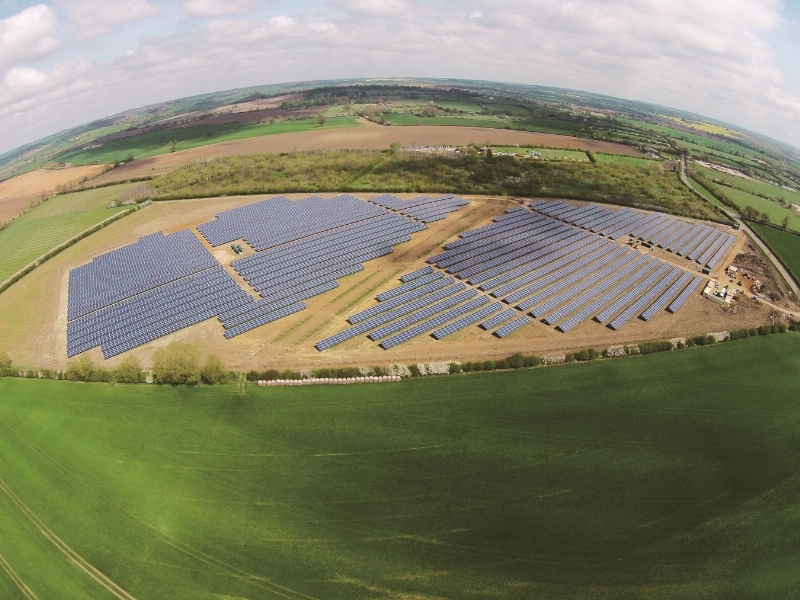
Solar power has hit new record highs in the UK, providing almost a quarter of the country’s electricity at one point last month, analysis shows.
The solar industry estimates the country now has almost 12 gigawatts (GW) of solar panels, on homes, offices, warehouses, schools and other buildings and in solar farms – enough to power the equivalent of 3.8 million homes.
New analysis by MyGridGB for the Solar Trade Association (STA) shows that solar power hit a new peak of meeting 23.9% of demand in the early afternoon on June 5.
An estimated 800,000 homes have solar photovoltaic panels which produce electricity from the sun, and 200,000 which have solar thermal units to provide hot water, which means the UK has a million solar homes, the STA said.
But the sector has been hit by major cuts to subsidies for solar panels, which have seen installation rates slowing substantially.
The industry is marking its third annual “solar independence day”, with the STA pushing to raise maintenance standards for the technology.
It is also highlighting how solar can protect home owners and businesses from volatile energy prices by reducing bills and reduce the need for energy imports.
And if the technology is given stable support, it could thrive without subsidies in just a few years, the STA said.
Paul Barwell, chief executive of the STA, said: “The UK has successfully deployed almost 12GW of solar across the UK, providing nearly 25% during peak generation.
“This is what the country and the world needs to decarbonise the energy sector at the lowest price to the consumer.”
He said the Government’s recent announcement it was adopting carbon targets for the period 2028 to 2030, which would require a 57% cut in emissions by 2030, sent a good long term signal on clean energy.
He added: “Solar independence day is about celebrating what a large group of small and medium sized businesses can achieve in a short period of time.
“We now need just one more push from the Government to help the solar sector reach its objective of zero subsidy by the early 2020s.”
A Department of Energy and Climate Change spokeswoman said: “Our priority is to keep energy bills as low as possible for families and businesses whilst supporting low carbon technologies that represent value for money.
“The solar industry still receives subsidies. However, the cost of solar has steadily declined over the last 10 years, so it is only right that as these costs come down so should the subsidies paid for through energy bills.”
